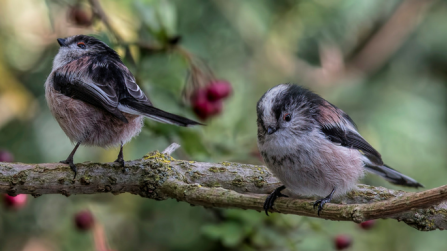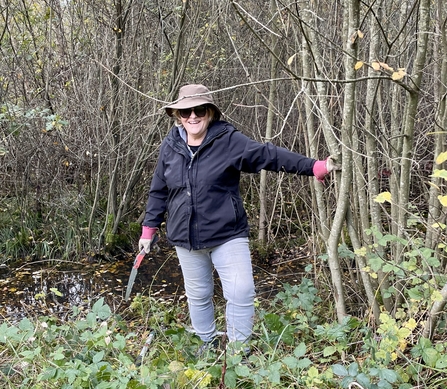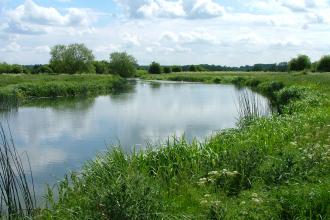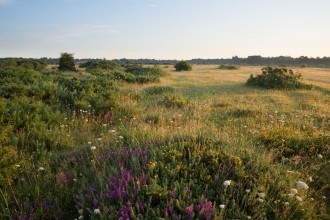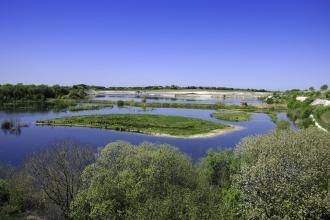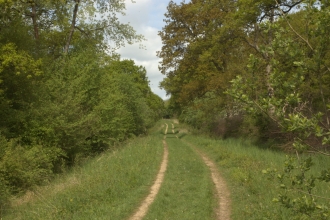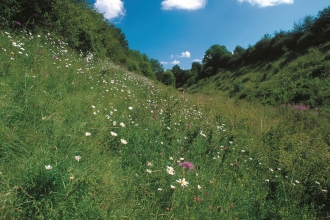November, the woodland workers meet for their biweekly fix of nature, physical challenge, and companionship.
Having briefed the eager troop on the project for the day, I watch them march off into the woods armed with loppers, saws, and cake. A flock of long-tailed tits dart across the woodland ride behind them, with high-pitched calls resounding through the wood.


